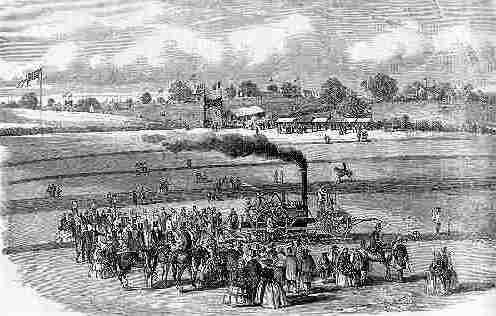 |
| Traces of bottom trawling from the terramare projet |
Bottom trawling (*) is a non-selective fishing technique, taking anything into the net. Heavy nets and gear are pulled along the sea floor sweeping-up sediments and anything living there. Currently bottom trawling can be done down to more than 800m depth.
The impact
of bottom trawling on fish populations and bottom-dwelling (benthic)
animals and plants has received much attention.
However impact of bottom trawling goes beyond direct effect on biology of the sea bottom. High-energy natural processes, such as tidal currents and bottom morphology interact. They drive sediment erosion, transport and deposition processes over wide parts of coastal shelf and continental margin. Bottom trawling links into these processes.
However impact of bottom trawling goes beyond direct effect on biology of the sea bottom. High-energy natural processes, such as tidal currents and bottom morphology interact. They drive sediment erosion, transport and deposition processes over wide parts of coastal shelf and continental margin. Bottom trawling links into these processes.
 |
| Satellite image of trawler mud trails off the Louisiana coast (Wikipedia) |
How trawl
gear modifies the seabed in coastal seas over wide area has been presented recently [1]. Trawling-induced sediment displacement and sediment removal from fishing grounds thus causes the morphology of the deep sea floor to to change over time. The original complex bottom gets smoother. This is shown by high-resolution maps of the sea-floor relief. "...marine geologist Pere Puig and colleagues examined a shrimp fishing region off Spain’s Mediterranean coast. Puig, of Barcelona’s Institute of Marine Sciences, used remote-controlled submarines to document gouged and flattened areas along trawling routes. While undersea erosion and other natural processes cut deep valleys into the continental slope, Puig and his team noted that silt had been dumped into one of these canyons by trawling gear" [2]
 |
| Testing a steam plough in the 1860s |
Given the global dimension of bottom trawling, the morphology of the upper continental slope in many parts of the world’s oceans likely has been altered by intensive bottom trawling. Effects on the deep sea floor are comparable to those generated by agricultural ploughing on land, as Pere Puig concludes [1].
Martin.Mundusmaris@gmail.com
info@mundusmaris.org
(*) Bottom trawling is trawling (towing a trawl, which is a fishing net) along the sea floor.
[1] Ploughing the deep sea
floor; Pere Puig et.al. Nature (2012)
doi:10.1038/nature11410
[2] from Los Angeles Times
[2] from Los Angeles Times
No comments:
Post a Comment